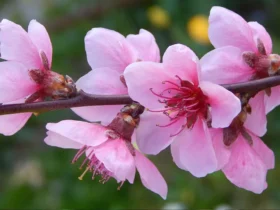The Spider Lily (Hymenocallis spp.) is a stunning and unique flower that belongs to the Amaryllidaceae family. Known for its elegant and ethereal beauty, the Spider Lily is characterized by its delicate, elongated petals and captivating fragrance. In this article, we will delve into the fascinating world of Spider Lilies, exploring their appearance, symbolism, cultivation, and cultural significance.
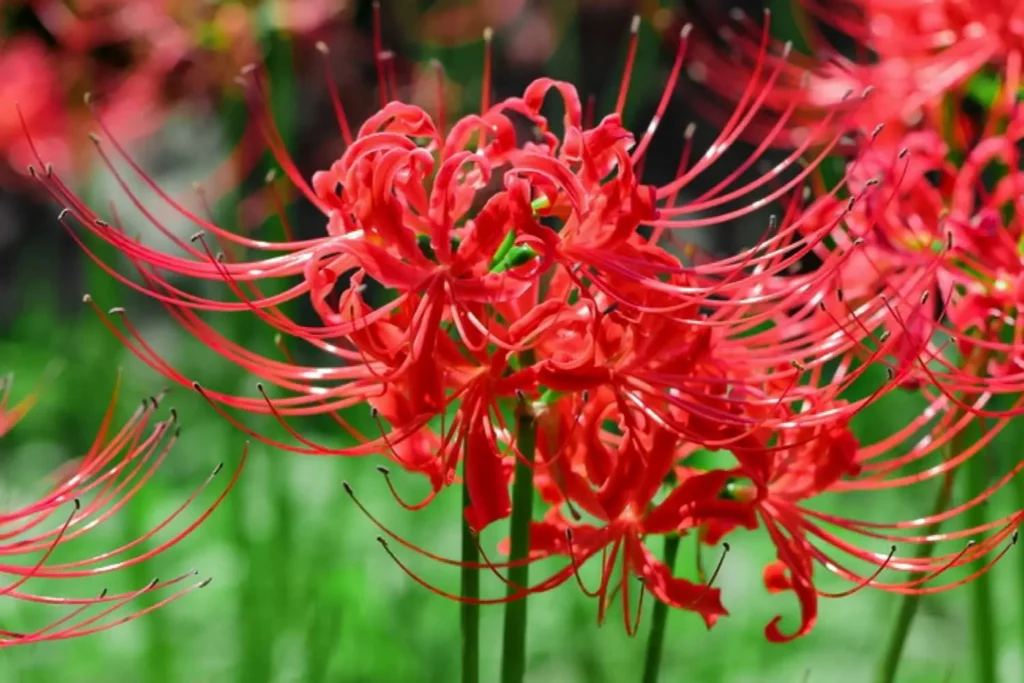
Appearance and Characteristics
Spider Lilies are herbaceous perennial plants that produce striking and intricate flowers. The most distinctive feature of these flowers is their long, slender petals that resemble spider legs, giving them their common name. The petals are typically white or cream-colored and spread out in a star-like shape, forming a beautiful contrast against the surrounding green foliage. The flowers often have a sweet and intoxicating fragrance that adds to their allure. Spider Lilies grow from bulbs and have long, strap-like leaves that emerge from the base of the plant.
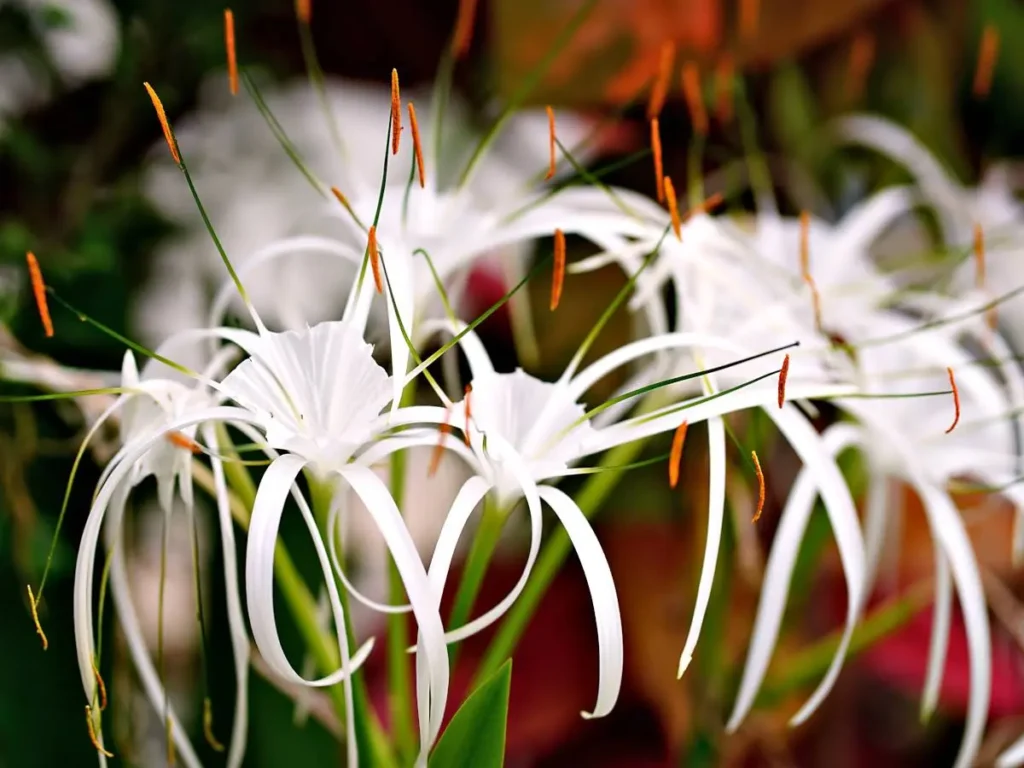
Symbolism and Cultural Significance
Spider Lilies hold symbolic meanings across various cultures. In some traditions, they are associated with mourning and remembrance, making them popular choices for funerals and memorial services. Their delicate and ephemeral beauty serves as a reminder of the transient nature of life. In other cultures, Spider Lilies symbolize purity, innocence, and rebirth. They are seen as flowers of hope and new beginnings. Regardless of the specific symbolism, Spider Lilies are universally admired for their graceful appearance and evocative presence.
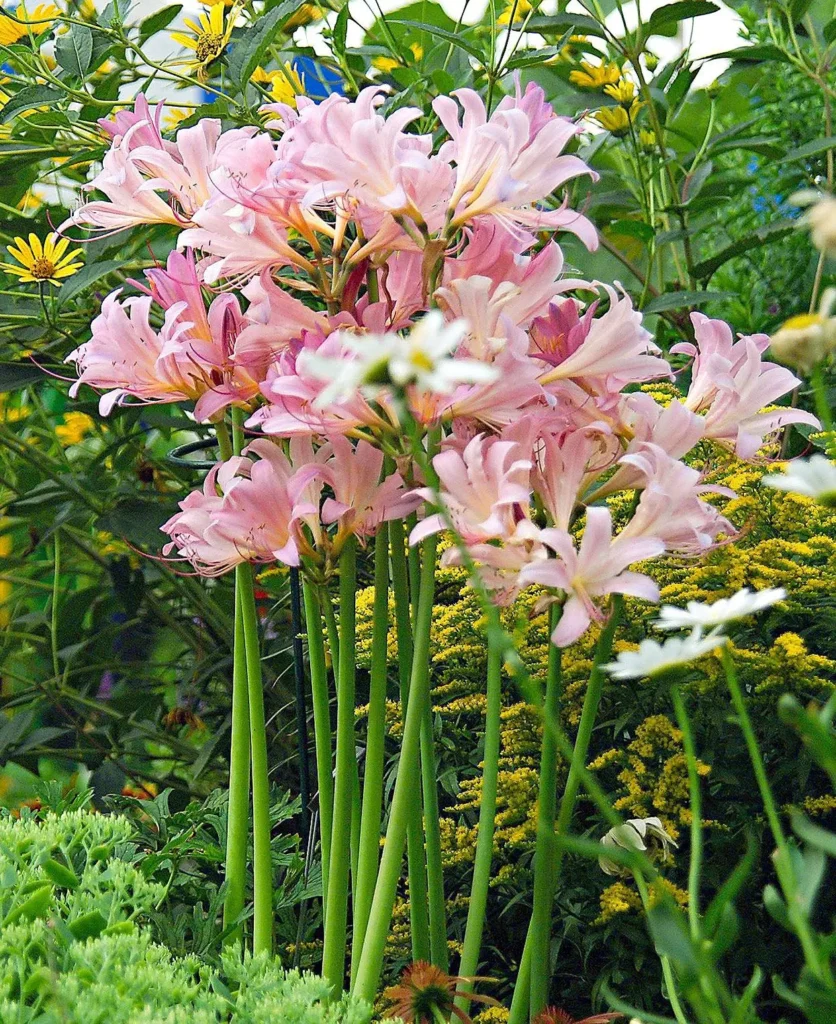
Cultivation and Care
Spider Lilies are relatively easy to cultivate and can be grown in gardens, flower beds, or containers. Here are some key considerations for their successful cultivation:
- Light and Temperature: Spider Lilies prefer bright, indirect sunlight but can tolerate partial shade. They thrive in warm to hot climates and are typically grown in USDA hardiness zones 7-11.
- Soil and Watering: Well-draining soil is essential for Spider Lilies. They prefer moist soil but are susceptible to root rot, so avoid overwatering. Allow the soil to dry out slightly between watering sessions.
- Planting and Propagation: Plant Spider Lily bulbs in the spring or fall, placing them about 4-6 inches deep in the soil. Bulbs should be spaced about 8-12 inches apart. They can be propagated through division by separating the bulbs and replanting them.
- Maintenance: Spider Lilies benefit from a regular feeding of a balanced fertilizer during the growing season. Deadheading spent flowers helps redirect energy to the bulb. After the blooming period, the foliage will gradually wither, and the plant will enter a period of dormancy.
- Pests and Diseases: Spider Lilies are generally resistant to pests and diseases. However, they may occasionally be affected by aphids, snails, or fungal issues. Regular inspection and appropriate treatment, if necessary, can help keep the plants healthy.
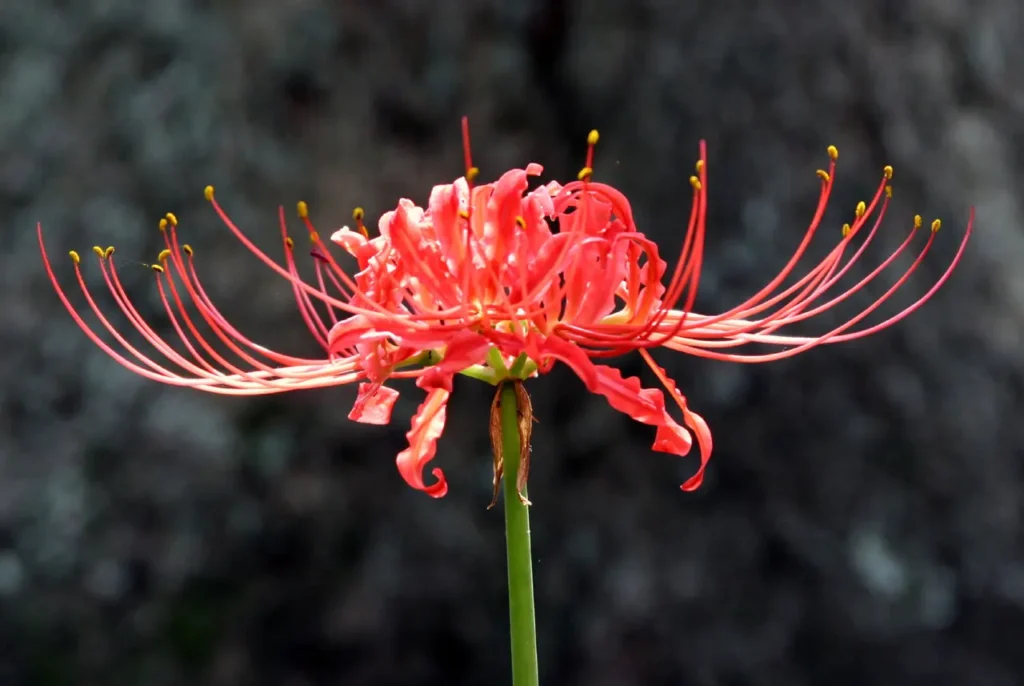
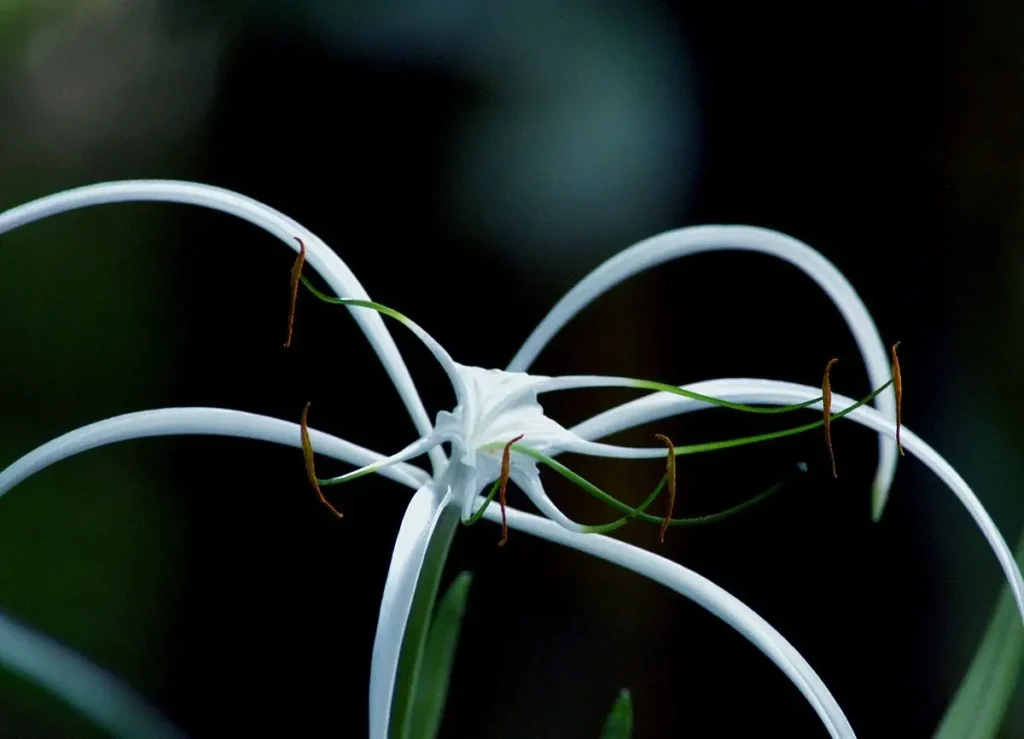
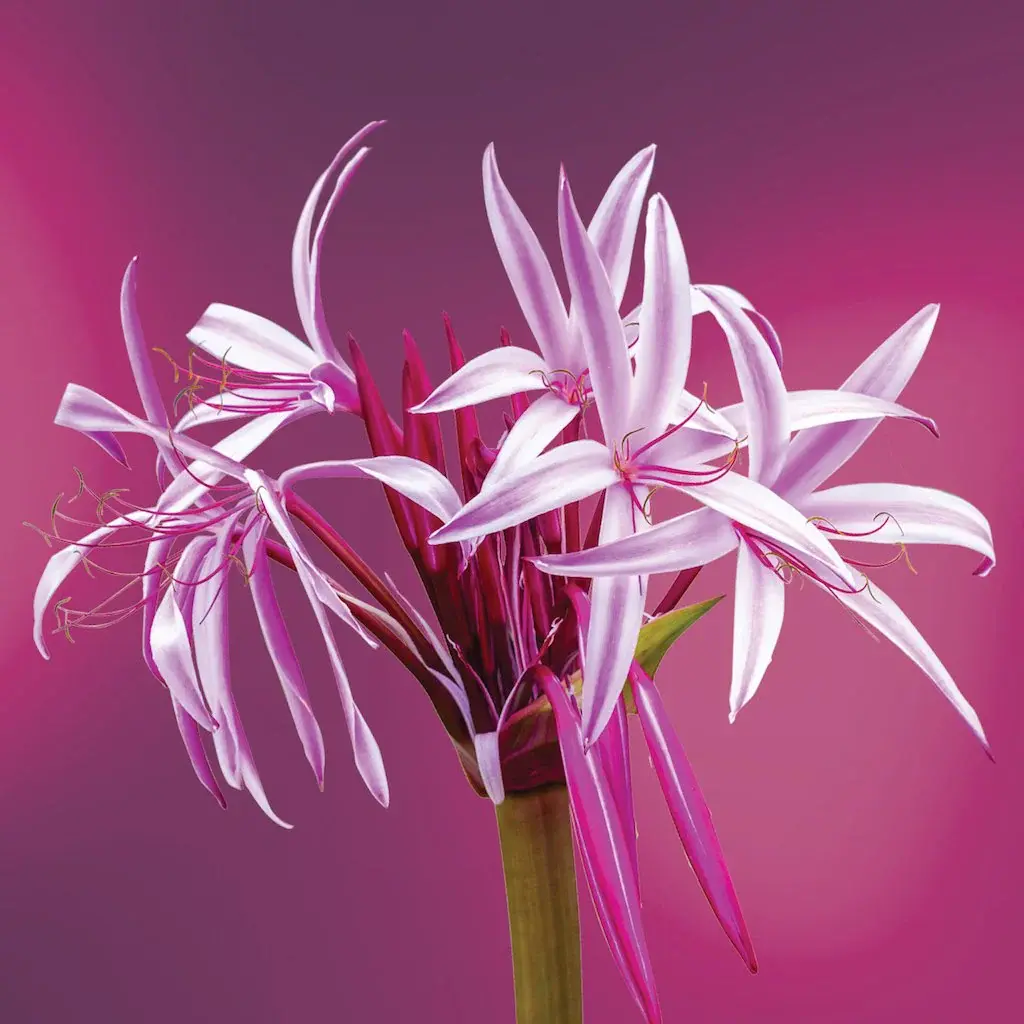
The Spider Lily is a captivating and enchanting flower that adds a touch of elegance and intrigue to any garden or floral arrangement. With their delicate, spider-like petals and sweet fragrance, these flowers have a unique beauty that has fascinated cultures around the world. Whether appreciated for their symbolic meanings, cultivated for their stunning appearance, or simply admired for their delicate presence, Spider Lilies continue to captivate the hearts and imaginations of flower enthusiasts worldwide.
